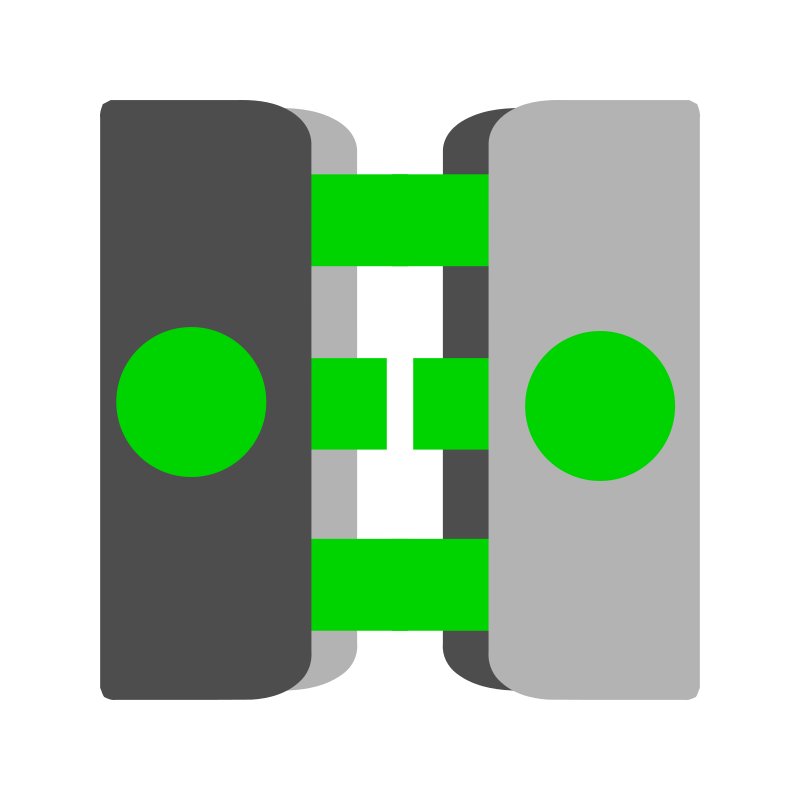Introduction to Hyperbolic Geometry
Hyperbolic geometry is a fascinating branch of non-Euclidean geometry that explores the properties of space when Euclid's parallel postulate is replaced by an alternative. In this geometry, many familiar Euclidean rules, such as the sum of angles in a triangle, behave differently, leading to a rich and counter-intuitive mathematical landscape.
Hyperbolic geometry is a non-Euclidean geometry that rejects Euclid's fifth postulate (the parallel postulate).
Instead of the Euclidean postulate that states 'through a point not on a given line, exactly one parallel line can be drawn,' hyperbolic geometry posits: 'through a point not on a given line, there are at least two distinct lines parallel to the given line.'
This leads to a geometry with a constant negative curvature, analogous to the surface of a saddle or a Pringle chip.
The altered parallel postulate results in several striking differences:
- Parallel Lines: Through a point not on a given line, infinitely many lines can be drawn that do not intersect the given line.
- Sum of Angles in a Triangle: The sum of the angles in any triangle is always less than \(180^\circ\). The larger the area of the triangle, the smaller the sum of its angles.
- Similar Triangles: If two triangles have the same angles, they must also have the same size (they are congruent). There are no similar but non-congruent triangles in hyperbolic geometry.
- Distance: Distances 'stretch' as you move away from a central point in some models, meaning points that appear close together might be infinitely far apart.
- Circles: Circles in hyperbolic space are not perfectly round when embedded in Euclidean space; they may appear distorted.
While hyperbolic space cannot be perfectly embedded in Euclidean 3D space, several models allow us to visualize and work with it:
- Poincaré Disk Model: The space is represented by the interior of a disk, and lines are represented by circular arcs perpendicular to the boundary of the disk, or diameters. Distances are distorted near the boundary.
- Poincaré Half-Plane Model: The space is represented by the upper half of a plane, and lines are represented by semicircles whose centers lie on the boundary line, or vertical rays.
- Klein Disk Model: Similar to the Poincaré disk, but lines are represented by straight line segments within the disk. Distances are also distorted.
- Hyperboloid Model: Represents hyperbolic space as a hyperboloid (a surface of constant negative curvature) embedded in a higher-dimensional Minkowski space.
Though seemingly abstract, hyperbolic geometry has practical and theoretical applications:
- Cosmology: Used in some models of the universe to describe the overall curvature of space.
- General Relativity: Provides a mathematical framework for understanding spacetime, especially near massive objects.
- Computer Graphics: Used in certain visualization techniques and fractals.
- Art and Design: Inspired Escher's tessellations and various artistic representations of infinite space.
- Cryptography: Some theoretical cryptographic systems explore properties of hyperbolic groups.
- Topology: Fundamental in the study of surfaces and 3-manifolds.
